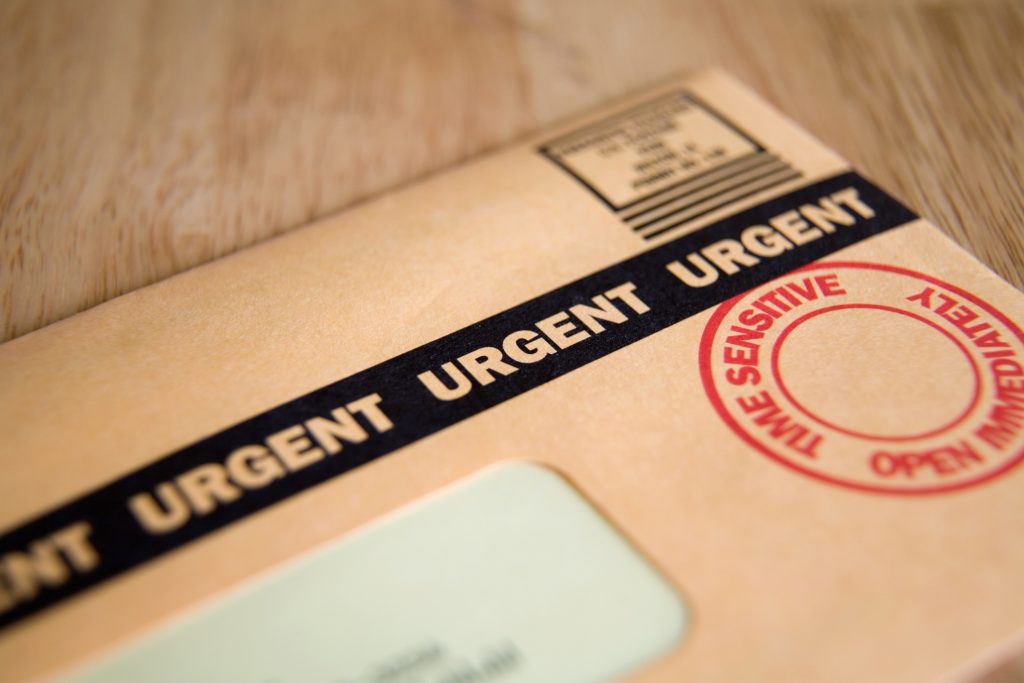How to Get More Sales, Fewer Refunds

Subscriber DN, whom we heard from last week, asked yet another interesting question:
“Bob, I’ve purchased information products from you, and found your information to be sound, but nowhere near as good as your sales letter makes it out to be.”
Talk about a back-handed compliment….
She continues: “I am sure your refund rates would reduce if you avoid the hype, clever copy, and amplification in your sales letters … but so would your sales. You can’t have it both ways.
So what say you?”
DN raises an extremely important point that I have struggled with daily in my 34 years as a professional copywriter — namely, balancing the promise of benefits in the sales copy with the delivery of those benefits by the product.
A common piece of advice to marketers is to underpromise and overdeliver.
The idea is that customers are happy when they get what they paid for … but are ecstatically happy when they get MORE than they thought they had any right to expect for their money.
My friend, ace Internet marketer Fred Gleeck, has a rule of thumb: the product should be so good that if the customer had paid 10X the price, he would still be happy and not ask for a refund.
*************SPONSORED LINK*************
#1 Book that will change YOUR life
Did you know there is a simple, 5-minute strategy…
…that can change your life today?
It’s the secret behind my success. I wrote a book that shows you exactly how to use this strategy in your own life.
Click here to discover the #1 Way to Change Your Life Today.
*************************************************
That ratio is sensible in theory, but difficult to achieve in practice.
For instance, one of my copywriting heroes, GB, sold a $5,000 copywriting boot camp to his list – an amazing feat in today’s troubled economic times.
As good as it no doubt was, I am not sure the attendees would have felt they got their money’s worth if they had paid $50,000 each. Or that he would have gotten any registrations at that price.
So here are the rules I follow as a copywriter and an information marketer when writing my sales letters and creating my products:
1. Write the strongest sales copy possible within the limitations of being ethical and truthful.
Remember, you must convince the reader that your product can solve their problem and do so more ably than competing products.
Your competitors are pulling out all the stops in their copy. So yours can’t be meek and mild.
2. When in doubt, it is in fact better to underpromise and overdeliver.
The customer should feel that she has gotten more than her money’s worth.
However….
3. Do not deliberately set the bar so low in your copy that you
write bland, ultra-safe promotions.
When you do so, you won’t make sales.
4. If you feel compelled to write low-key copy as an apology for a mediocre product, you should instead write the strongest copy you can – and then improve your product so it will delight anyone who buys in response to that copy.
My copywriting teacher at NYU, the late Milt Pierce, told us that he was hired to write a direct-mail package to sell a book written by a famous interior decorator.
When the marketing director got Milt’s draft, she gasped: “This is great copy – but this isn’t what’s in the book,” she objected.
“It should be,” Milt countered. He says the publisher made the author rewrite the book to deliver on all the promises made in the copy.
5. There is a rule of thumb that refund rates on info products should be less than 10% and ideally 5% or less.
Our refund rate a few years ago was around 2%.
Now, selling those same products, the refund rate is 5.2% for the year to date. The most common reason for the refund request by far: “This product has a copyright date of 2010 or earlier and therefore I think it is out of date.” They are wrong, of course, but you can’t fight city hall, which is why we are in a massive program of updating our core info products.
Some argue that a zero refund rate is bad because it means your copy was so mild, it did not make enough strong promises. I understand the logic of this theory, though I would not object to a zero refund rate.
This article appears courtesy of Bob Bly’s Direct Response Letter